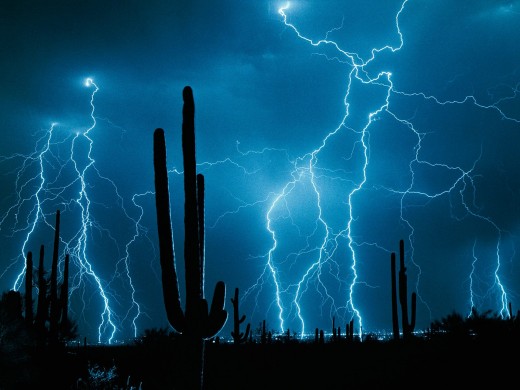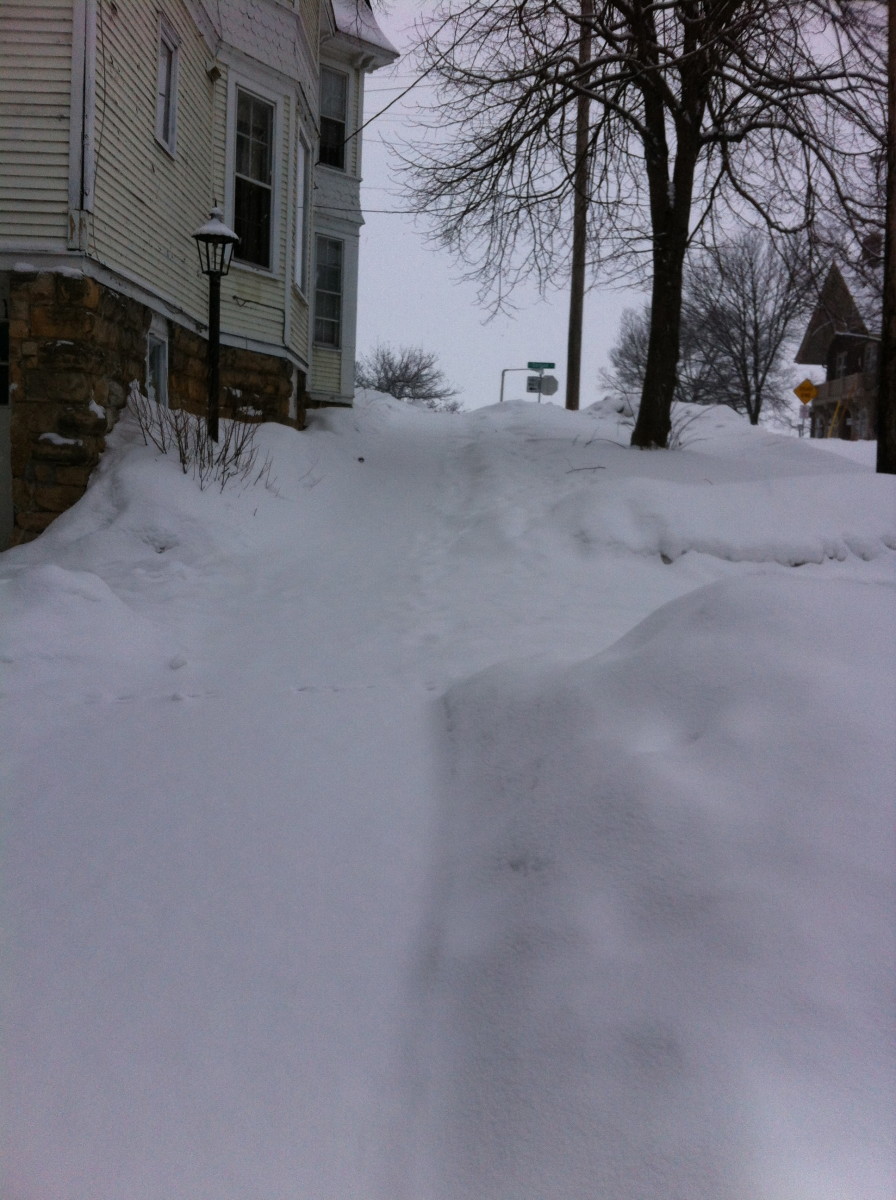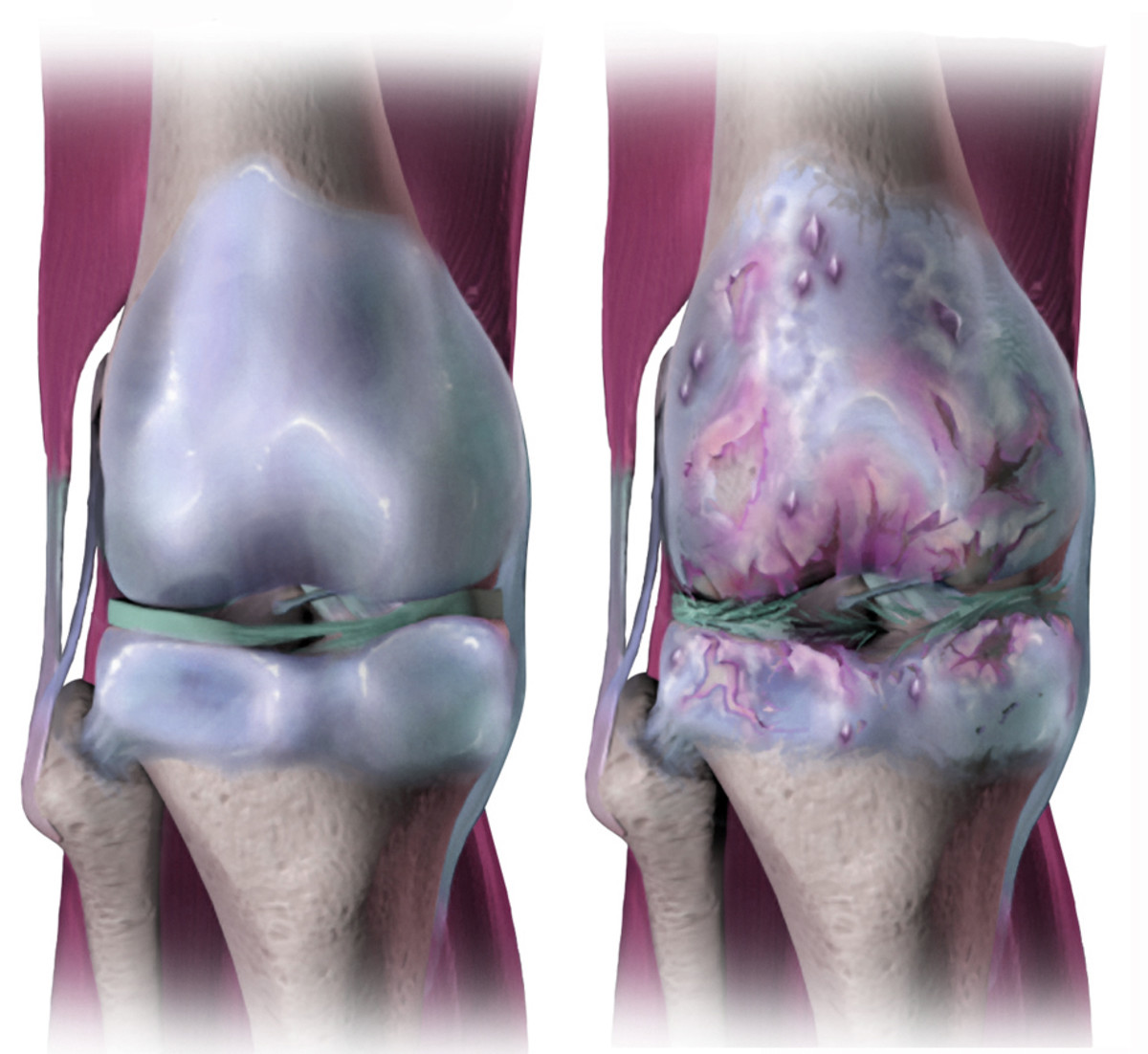Can Painful Joints Predict the Weather?
First, my story!
About two years ago (from when I wrote this!), I suffered an injury during a soccer game. I was running side-by-side with an opponent, who accidental stepped on my foot. My foot stayed put, but my knee kept going, tearing my Anterior Cruciate Ligament (ACL) clean in two. After surgery, I went to physical therapy for about seven months. Finally I was good as new with two screws keeping a piece of my patella tendon down as a new ACL.
It happened about six months post-surgery: I was sleeping on the couch when I was awoken by a crack of thunder (and I assume lightening, must have still been sleeping). It wasn't raining yet, but it was pretty dark out there and the thunder and lightening came closer and closer with each strike. After regaining my wits from the sudden disturbance, I realized my knee was throbbing. It wasn't really pain, just a severe uncomfortableness and tightness in the joint area.
I thought nothing of it, since I was only six months post-surgery. That summer, before and during every storm, it became a regular occurence, so I decided to do some research!
So, what is this all about?
Maybe this has happened to you. You sprained a wrist, twisted a knee, or rolled an ankle, and whenever precipitative weather is coming, you feel uncomfortable or even pain in that joint area. Maybe you have had a past surgery on a joint and suffer the same occurrence. Don't worry, you're not crazy, just ill-informed!
Studies show that post-surgical or injured joints respond to the change in barometric pressure in the air. Barometric pressure, also called atmospheric pressure, is the weight of the atmosphere on the Earth itself. The higher barometric pressure, the more dense the air is and the more the atmosphere is pushing us down. This barometric pressure inflames muscles and joint nerves, creating minor swelling and great pain or discomfort. Icing should reduce this pain. Barometric pressure also fluctuates the temperature, which is a catalyst to the joint pain.

What Injuries or conditions are at risk?
- Arthritis: this may include rheumatoid arthritis and osteoarthritis. Arthritis sufferers are the most common joint pain sufferers during bad weather.
- Scar Pain: Can be a surgical scar or a 'regular' scar. Scars recently formed and healed are more susceptible
- Headaches, migraines, and clusters: if you are prone to frequent migraines, the barometric pressure could be the culprit
- Mood disorders: When the barometric pressure rises, the sufferer experiences mania. When the barometric pressure falls, he or she experiences a depressive state.
What to do when pain strikes
This is a tough topic to cover, because each person is different. Most people can get away with icing the area, which reduces blow flow to the area. This reduced blood flow decreases the swelling, which solves the problem. Ice also numbs the area, making the pain more tolerable.
You can also take a pain reliever. Ibuprofen sometimes helps. With a pain reliever, the pain may mitigate, but a feeling of discomfort or 'tightness' may still be present.
Go to an area where the barometric pressure is high. Remember, the lower the barometric pressure, the more pain and discomfort you will feel! Sometimes this is as simple as going to a different room in the house, or from outside to inside. Basements are a great place to go for minor relief.








